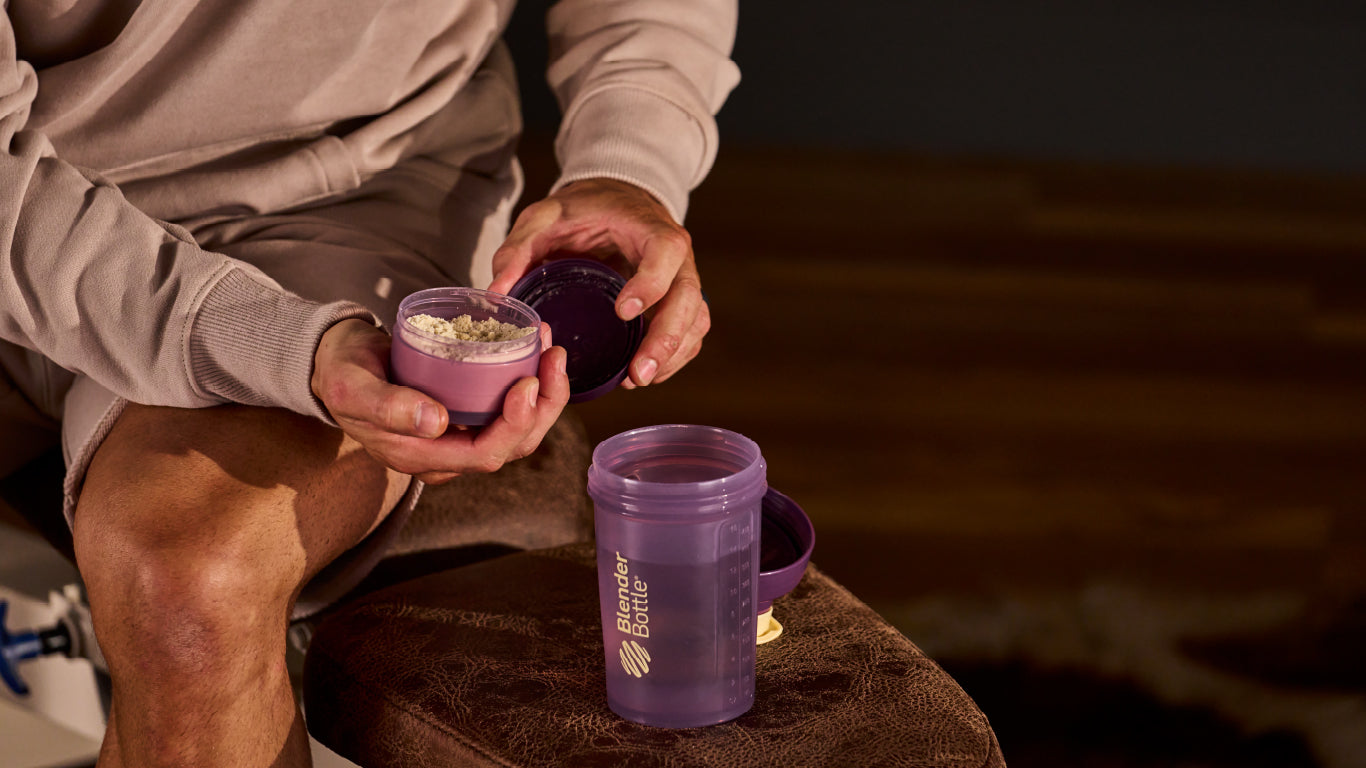Protein powder is a staple for fitness enthusiasts, athletes, and anyone looking to boost their protein intake conveniently. However, like any other consumable product, protein powder has a shelf life. If you've ever found an old tub of protein powder in the back of your pantry, you might wonder: is it still safe to use? Here's everything you need to know about how long protein powder lasts and how to determine its freshness.
The Shelf Life of Protein Powder
Most protein powders, whether whey, casein, plant-based, or a blend, come with an expiration date printed on the container. This date is usually a "best by" or "use by" date and indicates the manufacturer's recommendation for peak quality. Typically, unopened protein powder can last anywhere from 1 to 2 years from the manufacturing date.
However, this doesn't mean that protein powder becomes unsafe immediately after the expiration date. When stored properly, protein powder may remain usable for several months or even years beyond the printed date, though the taste and nutritional quality might start to decline.
Factors That Affect Protein Powder Shelf Life
Several factors can impact how long your protein powder stays fresh:
-
Storage Conditions
-
Cool and Dry Environment: Keep your protein powder in a pantry or cupboard, away from direct sunlight, heat, and moisture.
-
Airtight Container: Always seal the lid tightly after use to prevent exposure to air and contaminants.
-
-
Type of Protein
-
Whey protein powders and other animal-based proteins may degrade faster than plant-based powders because of their higher fat content. Over time, fats can oxidize, leading to rancidity.
-
-
Added Ingredients
-
Flavored protein powders or those with additional nutrients, such as vitamins, may have shorter shelf lives due to the stability of the added ingredients.
-
-
Moisture Exposure
-
If moisture gets into the container, it can cause clumping or the growth of mold and bacteria, rendering the powder unsafe.
-
Signs Your Protein Powder Has Gone Bad
Before scooping that old protein powder into your shaker, check for these signs of spoilage:
-
Odd Smell: A sour or rancid odor can indicate that the powder has gone bad.
-
Clumping: While minor clumping is common, significant clumping may suggest exposure to moisture.
-
Color Change: If the powder looks darker or has an unusual color, it’s best to discard it.
-
Off Taste: An odd or bitter taste is a clear indicator that the powder is no longer good.
-
Mold or Bugs: Any visible mold or insect presence is a sign to throw the powder away immediately.
How to Extend the Shelf Life of Protein Powder
To keep your protein powder fresh for as long as possible, follow these tips:
-
Store Properly: Keep the container sealed in a cool, dry place. Avoid storing it near the stove, sink, or other areas prone to heat and moisture.
-
Transfer to Airtight Containers: If the original packaging isn’t resealable, transfer the powder to an airtight container.
-
Use a Desiccant: Some protein powders come with silica gel packets to absorb moisture. Keep these packets in the container.
-
Buy Smaller Quantities: If you don’t use protein powder frequently, opt for smaller tubs to reduce the chance of it going bad before you finish it.
Is Old Protein Powder Safe to Use?
While protein powder doesn't "go bad" like fresh food, its quality and nutritional value can degrade over time. Always check the expiration date and use your senses to determine whether it's still good. When in doubt, it’s better to err on the side of caution and replace it. After all, investing in fresh, high-quality protein powder ensures you’re getting the most out of your nutrition and workouts. To make sure you’re mixing your protein powder perfectly every time, check out BlenderBottle’s plastic shakers, designed for convenience and durability.


Leave a comment
All comments are moderated before being published.
This site is protected by hCaptcha and the hCaptcha Privacy Policy and Terms of Service apply.